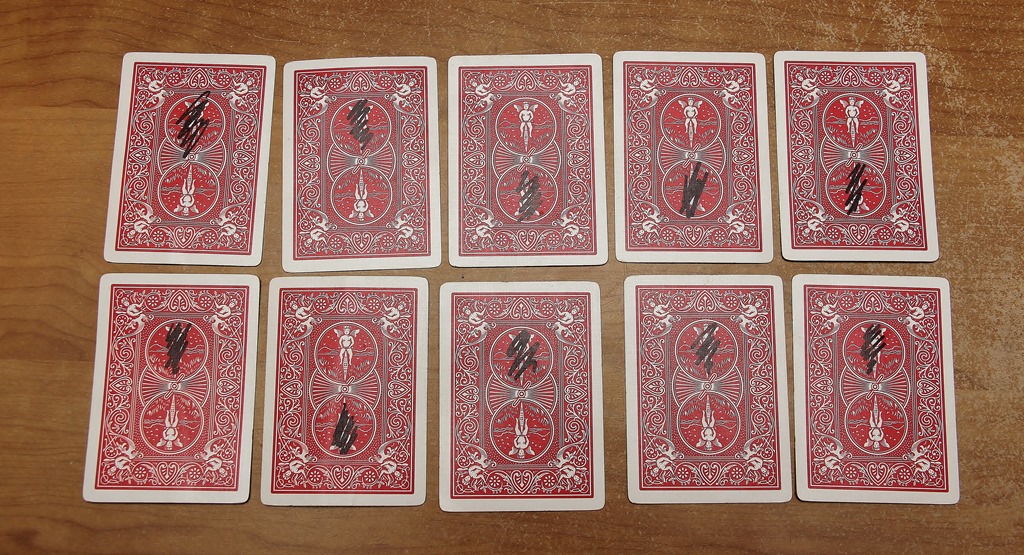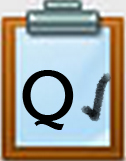Q5 Algorithm: Card Game
Play The Card Game
Instructions:
- For this activity, you will need a partner and a stack of cards.
- Deal 10 cards face down between you and your partner as shown in the image below.

- Do not touch the cards until instructed to do so.
- No Talking during the challenge
- The goal is to get the cards in a line, face up, in number order as fast as you can.
- You will work on the five closest to you and your partner will work on the five cards closest to them.
- The person who is faster in ordering their cards, wins the round.
- Play multiple rounds based on your teachers instructions.
Code.org ~ Ordering Cards
After completing that card sorting activity, you and your partner should complete the U1L06 Activity Guide. Make your own copy from Code.org to learn more about creating an algorithm for sorting cards.
- One of you needs to make a copy of the activity and share it with your partner and the teacher.
- Complete the steps and reflection in the card sorting activity.
Competencies & Standards
MITECS Michigan Integrated Technology Competencies for Students, and
1. Empowered Learner
d. Understand the fundamental concepts of technology operations, demonstrate the ability to choose, use and troubleshoot current technologies and are able to transfer their knowledge to explore emerging technologies
4. Innovative Designer
d. Exhibit a tolerance for ambiguity, perseverance and the capacity to work with open-ended problems
5. Computational Thinker
a. formulate problem definitions suited for technology-assisted methods such as data analysis, abstract models and algorithmic thinking in exploring and finding solutions
b. collect data or identify relevant data sets, use digital tools to analyze them, and represent data in various ways to facilitate problem-solving and decision-making
c. break problems into component parts, extract key information, and develop descriptive models to understand complex systems or facilitate problem-solving
d. understand how automation works and use algorithmic thinking to develop a sequence of steps to create and test automated solutions
6. Creative Communicator
c. Communicate complex ideas clearly and effectively by creating or using a variety of digital objects such as visualizations, models or simulations




